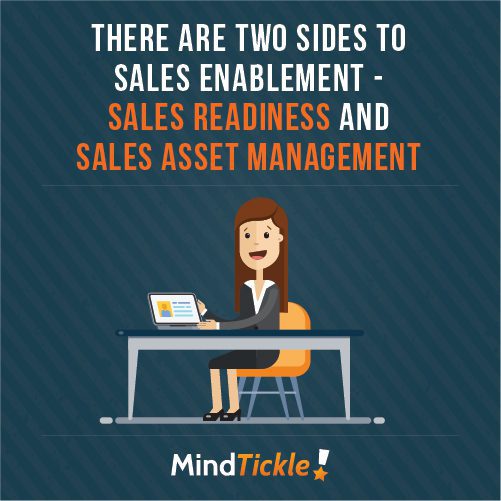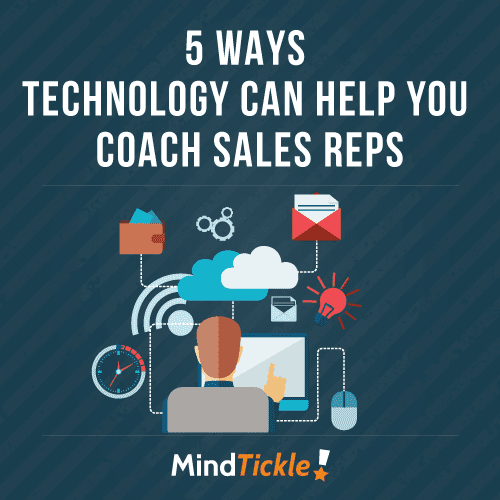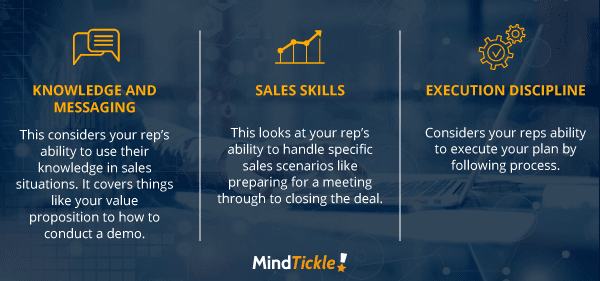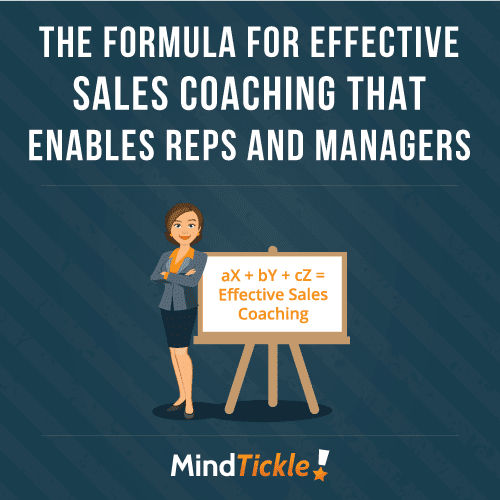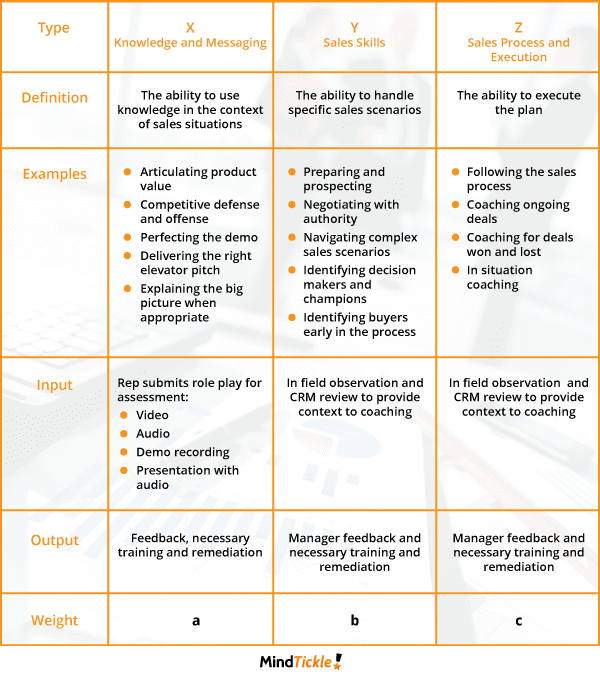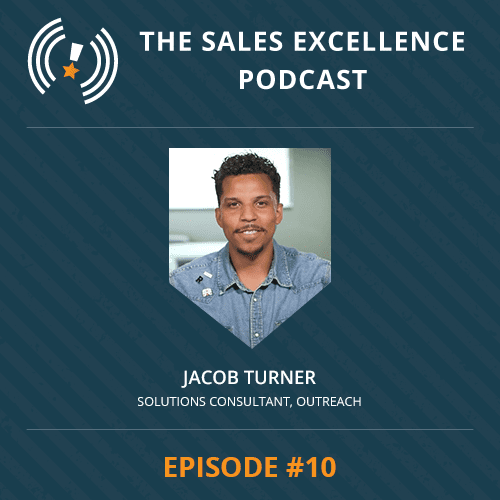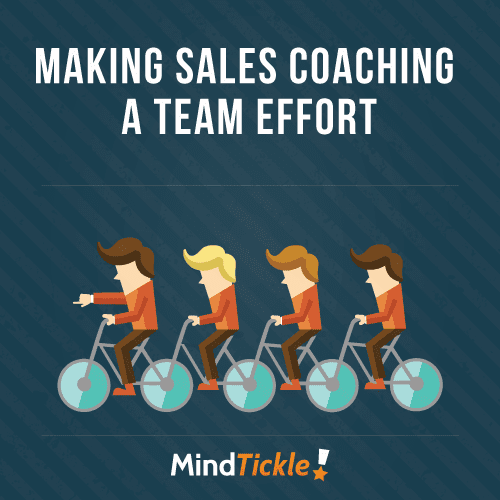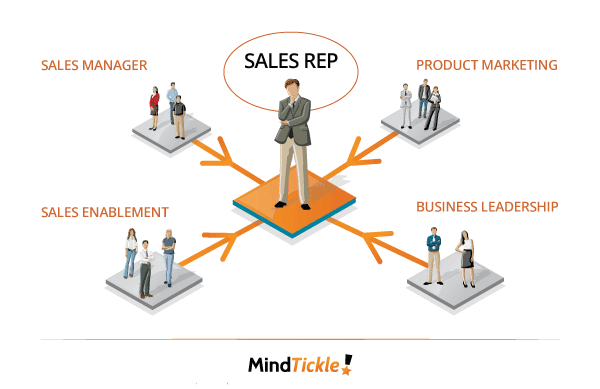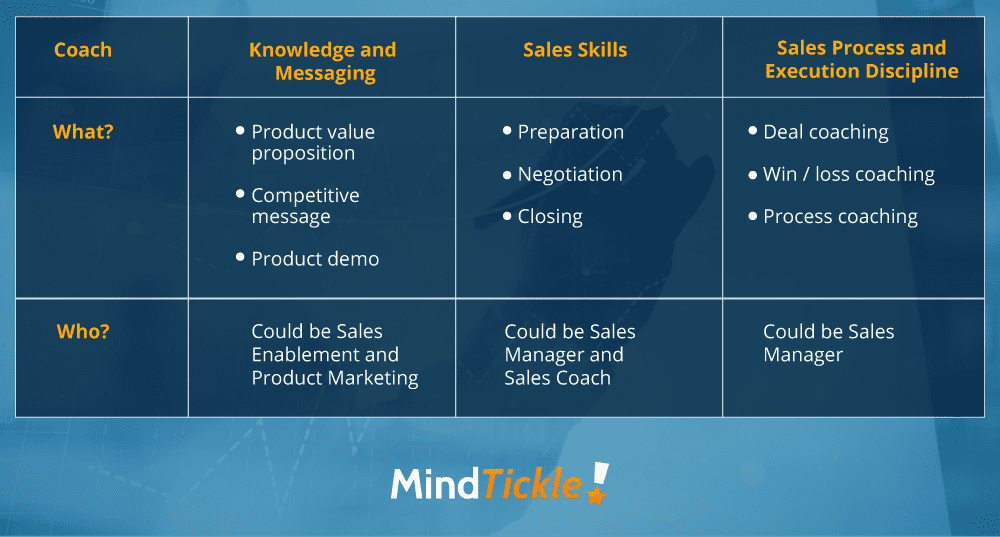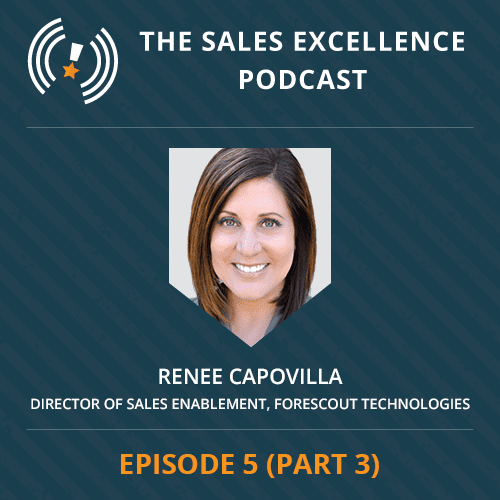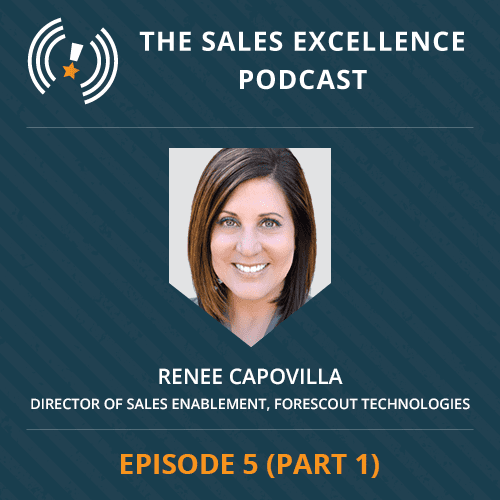Coaching Quotes to Inspire your Sales Coaches
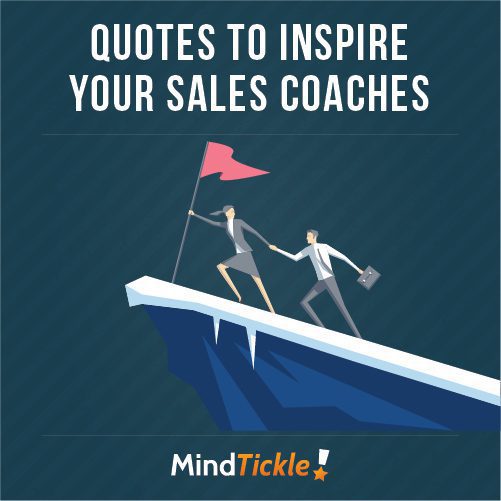

Coaching is often proffered but not performed. Being able to execute it right is one of the biggest challenges faced by sales organizations. Managers put it in the too hard basket leaving them, and their sales reps, behind the eight ball. Companies that understand the impact that coaching has on their sales managers invest more and see greater top-line revenue. In fact, they prioritize coaching with frontline managers spending up to
70% of their time coaching
and mentoring their reps. Some businesses even attributed an
increase
o
f
2
5
% in their win rates to their focus on coaching.
But don’t just take our word for it. Here are six quotes from successful sales coaches on the power of coaching.
“Coaching is unlocking a person’s potential to maximize their own performance. It is helping them to learn rather than teaching them.” ~ Timothy Gallwey, Author
Coaching is not about telling someone what they should be doing, it is about helping them develop so that they get there on their own. Even the most self-aware rep might find it challenging to see how far they can go, that is where a good coach steps in.
“Big things are accomplished only through the perfection of minor details” ~ John Wooden, former basketball player and coach
While coaching will lead to transformative change in your reps, the devil is in the detail. Helping reps make small behavioral changes can actually have a huge impact on their performance in the short, as well as long-term.
“The most important thing in coaching is communication. It’s not what you say as much as what they absorb.” ~ Red Auerbach, former basketball coach
While giving feedback is one part of coaching, the coaching process as a whole has an important role to play. If your reps are coached in a structured manner where they have visibility of their progression path, the coaching is likely to have a greater impact and drive behavioral change than if they’re just given ad hoc feedback. This is also where coaching tools that enable role play and watching peers can help reps gather insights into their own behavior that they can use to improve their performance.
“What do you coach? You coach the gap. Build a bridge that takes your people from where they are today to where they want or need to be” ~ Keith Rosen, Author and CEO Profit Builders
Gap identification is the foundation of effective coaching. Having a structured process in place to identify gaps is crucial for coaching to commence. Once a comprehensive plan is designed to fill the gaps, reaching your target objectives will be relatively easy.
“When you’re coaching your sales reps, make sure your feedback is timely, consistent, objective, accurate, individualised and relevant.” ~ Barry Trailer, Research Principal CSO Insights
In order to be effective, coaching needs to be contextual. This helps reps understand how to put it into practice and be their best in their customer conversations. Unless you’re sitting next to your reps it’s impossible to provide feedback that meets each of these objectives all the time, but it can be achieved by leveraging sales enablement technology that enables structuring coaching.
“Everyone needs a coach” ~ Bill Gates, Founder and CEO Microsoft
Even when you’re at the top of your field, there is still scope to be better with effective coaching. Here’s what Bill Gates, Founder of Microsoft, and Eric Schmidt, Executive Chairman of Alphabet, have to say about corporate coaching
.
Don’t you think it’s time to take coaching seriously in your sales organization?





